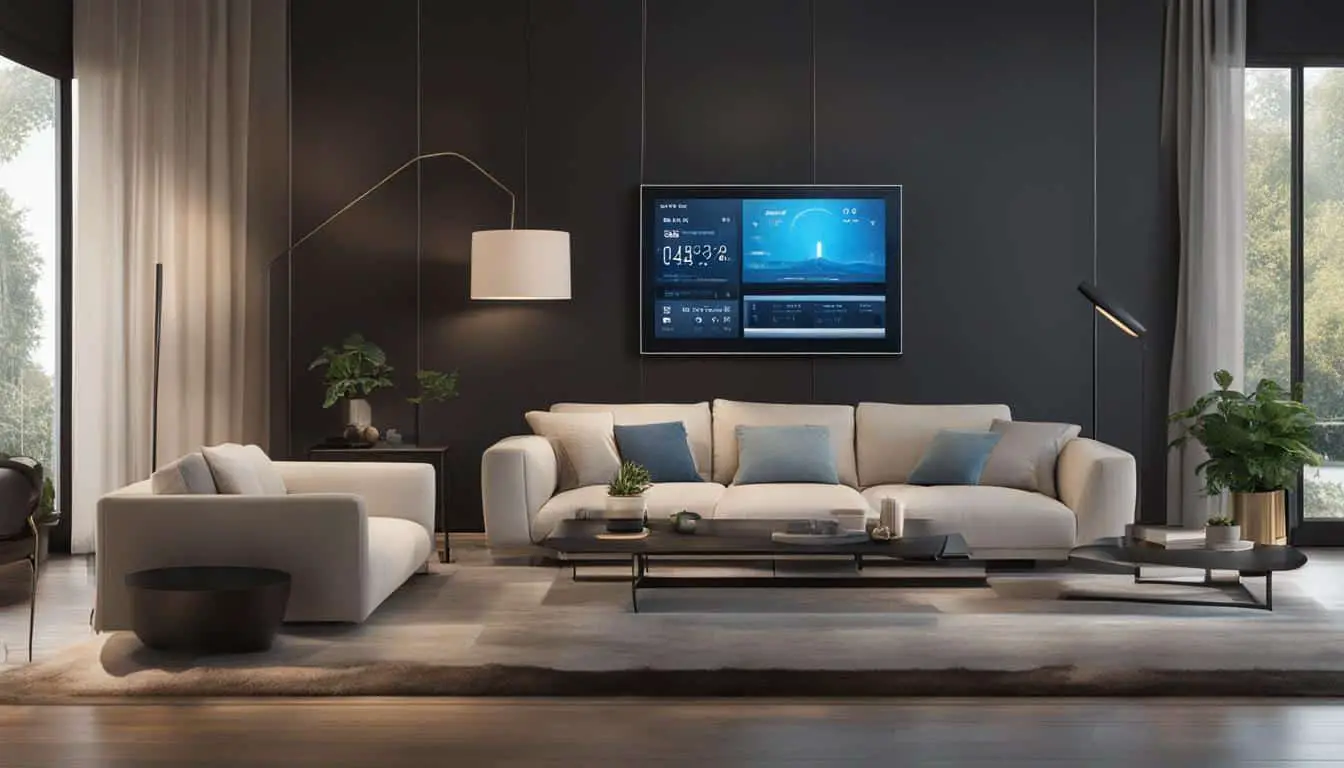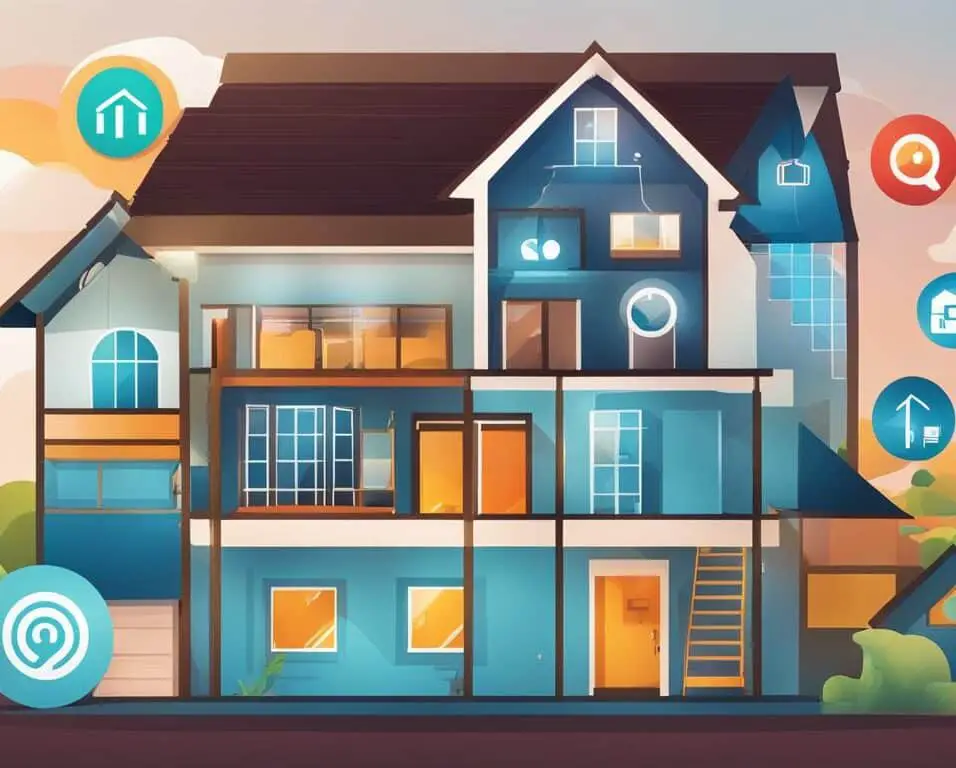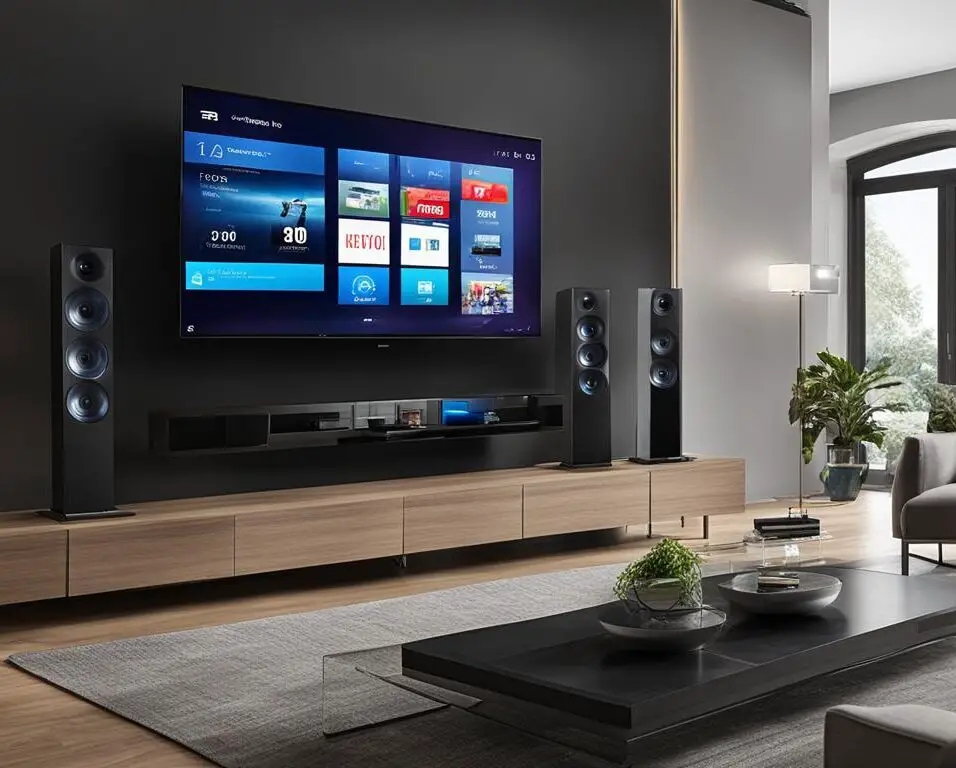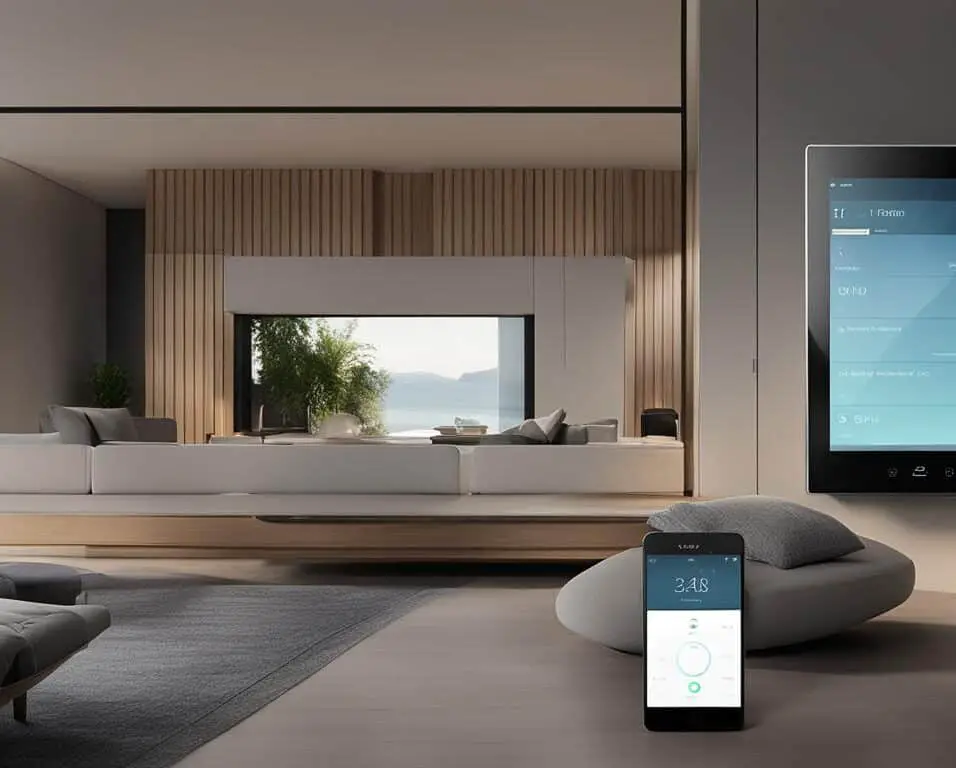The Evolution of Smart Home Technology
Smart home technology has come a long way since its inception. Over the years, we have witnessed remarkable advancements, innovations, and the development of automation in smart homes. From the early days of expensive and unreliable systems to the current era of affordable and extendable solutions, the evolution of smart home tech continues to shape the way we live.
In 1975, the invention of X10 marked the beginning of smart home technology. This communication protocol allowed for remote control of devices, but it had its limitations. Early systems like X10 were expensive and prone to reliability issues.
However, in the 2000s, wireless technologies like Z-wave and Zigbee emerged, paving the way for a new era of smart homes. These advancements made smart homes more accessible to the DIY crowd, enabling homeowners to incorporate security features and achieve interoperability among devices.
Today, open-source projects like openHAB and Home Assistant have further democratized smart home systems. These projects make smart homes more affordable, customizable, and extendable. However, challenges still exist in terms of universal standards, reliability, and security.
The future of smart home technology holds exciting prospects. We can expect next-generation wireless protocols, improved security measures, standardized communication, and enhanced user interaction. As smart home tech continues to advance, it will play a central role in creating personalized, customizable, and energy-efficient homes of the future.
Key Takeaways:
- The evolution of smart home technology has led to more affordable and extendable solutions.
- Wireless technologies like Z-wave and Zigbee have made smart homes accessible to the DIY crowd.
- Open-source projects like openHAB and Home Assistant have democratized smart home systems.
- Challenges in universal standards, reliability, and security remain in the smart home industry.
- The future of smart home technology holds promises of next-gen wireless protocols and enhanced user interaction.
Current Trends in Smart Home Technology
The current trends in smart home technology are centered around the integration of IoT devices. Smart home gadgets have become increasingly popular, allowing homeowners to control various aspects of their homes through a single app. These devices offer convenience and efficiency by providing seamless connectivity and automation.
One of the prominent trends in the smart home industry is the evolution of connected home tech. This includes devices like voice assistants, smart speakers, and smart displays that provide hands-free control and personalized experiences. With voice commands, homeowners can control their lights, adjust the thermostat, play music, and even order groceries without lifting a finger.
In addition to voice-controlled devices, emerging trends in smart home technology include the use of artificial intelligence (AI) and machine learning (ML) to enhance automation and personalization. AI-powered algorithms can learn from user preferences and habits to create personalized schedules and routines. For example, a smart home system can automatically adjust the temperature based on the homeowner’s preferences or optimize energy usage based on occupancy patterns.
Another important focus in the smart home industry is creating energy-efficient and sustainable solutions. Smart thermostats, energy monitoring devices, and smart lighting systems help homeowners track and reduce their energy consumption. These technologies not only provide cost savings but also contribute to a greener and more sustainable future.
Table: Comparison of Popular Smart Home Gadgets
| Smart Home Gadget | Key Features | Compatibility | Price Range |
|---|---|---|---|
| Amazon Echo | Voice control, music streaming, smart home integration | Compatible with various smart home devices | $50 – $200 |
| Google Nest Hub | Voice control, smart display, video calling | Works with Google Assistant and compatible devices | $80 – $300 |
| Philips Hue | Smart lighting system with color-changing bulbs | Compatible with major smart home platforms | $70 – $200 |
| Ring Doorbell | Video doorbell with motion detection and two-way audio | Works with Ring app and other Ring devices | $100 – $250 |
Smart homes are becoming more integrated and interconnected, bringing convenience and enhanced control to homeowners’ fingertips. With the rise of IoT and advancements in smart home technology, we can expect a future where homes are seamlessly connected, personalized, and energy-efficient.
As the smart home industry continues to evolve, it’s important to address challenges such as data privacy, interoperability, and security. These concerns need to be addressed to build consumer trust and ensure the widespread adoption of smart home technology.
In conclusion, the current trends in smart home technology are focused on IoT integration, smart home gadgets, connected home tech evolution, and sustainable solutions. With advancements in AI and ML, homeowners can enjoy personalized experiences and automation tailored to their preferences. The future of smart homes holds the promise of even more innovative and interconnected devices, making our lives more convenient, efficient, and comfortable.
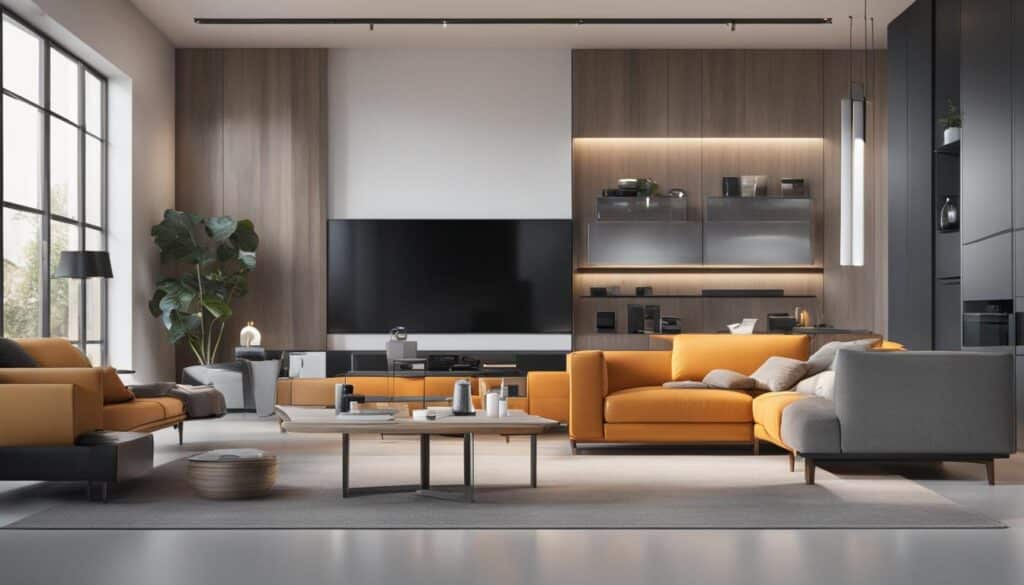
Conclusion
The evolution of smart home technology has led to significant evolutionary changes in home automation. Starting with early systems like X10 in 1975, we have witnessed remarkable advancements in wireless technologies, security features, and open-source projects that have made smart homes more accessible, affordable, and extendable.
Today, the integration of IoT devices has become a prominent trend in the smart home industry. Homeowners can now control various aspects of their homes through a single app, thanks to the popularity of smart home gadgets. From voice assistants to smart speakers and smart displays, these devices offer convenient and hands-free control.
Looking towards the future, the smart home industry shows great promise. Next-generation wireless protocols, improved security measures, standardized communication, and enhanced user interaction are expected to further revolutionize home automation. As a result, we can anticipate more personalized, customizable, and energy-efficient homes.
Despite these advancements, challenges still exist in terms of universal standards, reliability, and security. However, with ongoing innovation and technological developments, the smart home industry is poised to overcome these obstacles and bring us even closer to the ideal vision of a fully automated and interconnected home.
FAQ
What is the evolution of smart home technology?
Smart home technology has evolved significantly over the years, starting with the invention of X10 in 1975, which allowed for remote control of devices. Wireless technologies like Z-wave and Zigbee emerged in the 2000s, making smart homes more accessible. Open-source projects like openHAB and Home Assistant have made smart home systems more affordable and extendable.
What are the current trends in smart home technology?
The current trends in smart home technology include the integration of IoT devices, the rise of smart home gadgets, and the use of artificial intelligence and machine learning for automation and personalization. Voice assistants, smart speakers, and smart displays are also becoming more popular for convenient control of the smart home.
What are the challenges in the smart home industry?
Universal standards, reliability, and security remain challenges in the smart home industry. While advancements have been made, there is still a need for improved security measures and standardized communication among devices.
What does the future of smart home technology hold?
The future of smart home technology promises next-generation wireless protocols, improved security, standardized communication, and enhanced user interaction. The industry is expected to continue evolving, creating personalized, customizable, and energy-efficient homes.



